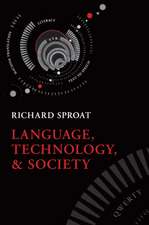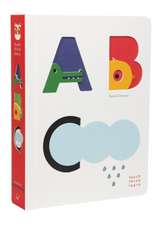Navlipi, Volume 2, a New, Universal, Script (Alphabet) Accommodating the Phonemic Idiosyncrasies of All the World's Languages.
en Limba Engleză Paperback
Preț: 172.59 lei
Nou
Puncte Express: 259
Preț estimativ în valută:
33.03€ • 34.57$ • 27.49£
33.03€ • 34.57$ • 27.49£
Tipărit la comandă
Livrare economică 31 martie-14 aprilie
Preluare comenzi: 021 569.72.76
Specificații
ISBN-13: 9781940122021
ISBN-10: 1940122023
Pagini: 464
Dimensiuni: 178 x 254 x 24 mm
Greutate: 0.8 kg
Editura: Alternative Book Press
ISBN-10: 1940122023
Pagini: 464
Dimensiuni: 178 x 254 x 24 mm
Greutate: 0.8 kg
Editura: Alternative Book Press









